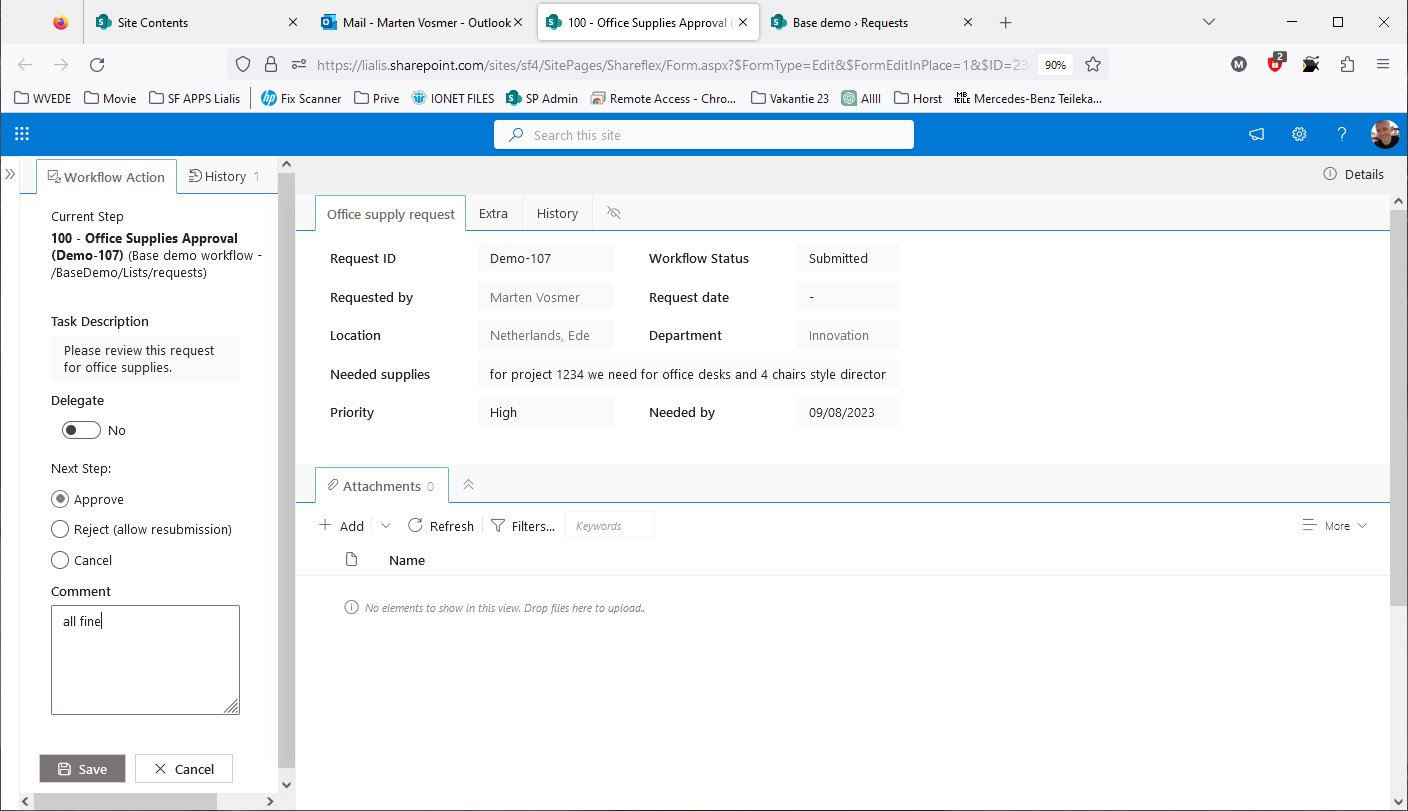WORKFLOW MANAGEMENT
What is a Workflow?
The term “workflow” describes the chaining of various consecutive business processes within an organization. Therefore, a workflow is often referred to as a workflow plan. Workflows specifically relate to subtasks within a project or a specific area within a company. This means that different business processes follow each other in a systematic sequence.
A workflow is clearly defined by having a specific start event and end result, and it follows an organized sequence. Furthermore, a workflow must always serve a particular purpose and provide meaningful value, either internally for the company or externally for customers. To achieve this, several individuals employed by the company typically work on various sub-steps to fulfill them.
Illustrated, the process can look like this >>

Workflow Management and Management Systems – IT-Supported Applications in Business
Since a workflow is a business occurrence that often repeats within a company, it makes sense to structure, control, and analyze these processes. This not only increases the effectiveness but also the efficiency of workflows and the employees involved. Therefore, professional organization and management of workflows are always associated with workflow management or workflow process management.
To derive the maximum benefit from workflow management, it’s worth investing in workflow software to establish a workflow management system. This allows for the transition from analog data and workflows to digital, IT-supported processes. Automation of these workflows within the workflow management system can offer many advantages. Digital workflows can be a significant relief for employees in their daily work. This is due, in part, to reduced error sources, time saved, standardized processes, and increased transparency.
However, technical automation within the workflow management system can also reduce dynamism and flexibility, as processes follow predefined patterns. This can have negative consequences for employees if they become chronically under-challenged by too many workflows or no longer understand essential relationships. Therefore, companies should always pay attention to the meaningful use of workflows.
The following business processes are often supported by electronic workflows:
- Invoice processing
- Approval processes
- Contract management
- Quality management
- Applicant management
- Travel requests
- Leave request processes
- Incoming mail distribution
- Procurement requests
- Complaints management
Best Practice – IT Workflows for Leave Requests
Leave request processes are an essential and recurring component of workplace procedures within a company. Therefore, the information technology development of leave request workflows is of interest to both large and small enterprises. The processing of internal leave requests may appear as follows:
This example illustrates the simultaneous processing chain and the dynamic nature of workflows in the context of leave requests. Particularly in the case of recurring loops, such as decision-making processes and feedback rounds, rigid, linear structures are not effective.
This is evident in the fact that in the upper chain, the leave request was not approved because deputy 1 declined to take on the responsibilities. However, in parallel, another deputy was approached and agreed to assume the role. As a result, the leave request can progress to the next stage and be presented to the supervisor. The supervisor will then decide whether to approve or deny the leave.
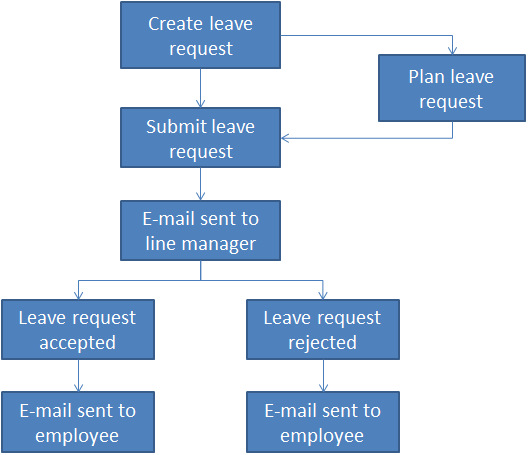
Workflow Management with Microsoft SharePoint
A platform that stands for efficient workflow management is the Microsoft Power Platform. It includes the module Microsoft Power Automate (formerly known as “Flow”), which allows for the automation of technical processes and the creation of workflows, such as integrating an ERP system. Microsoft Power Automate excels in processes that do not require user interaction or participation.
With the integrated Shareflex Flow component in all Shareflex applications, Portal Systems offers an in-house solution for wkf management. Shareflex Flow is based on SharePoint (Online), a service within Microsoft 365. It is well-suited for automating individual parts or complete business processes in which users are involved and need to make decisions, such as approving leave requests. Compared to Microsoft Power Automate, Shareflex Flow shines in user involvement.
If you are interested in cloud-based workflow management and want to optimize business processes in your company, please feel free to reach out to us. We can help you find the right solutions to digitally support and advance your business.
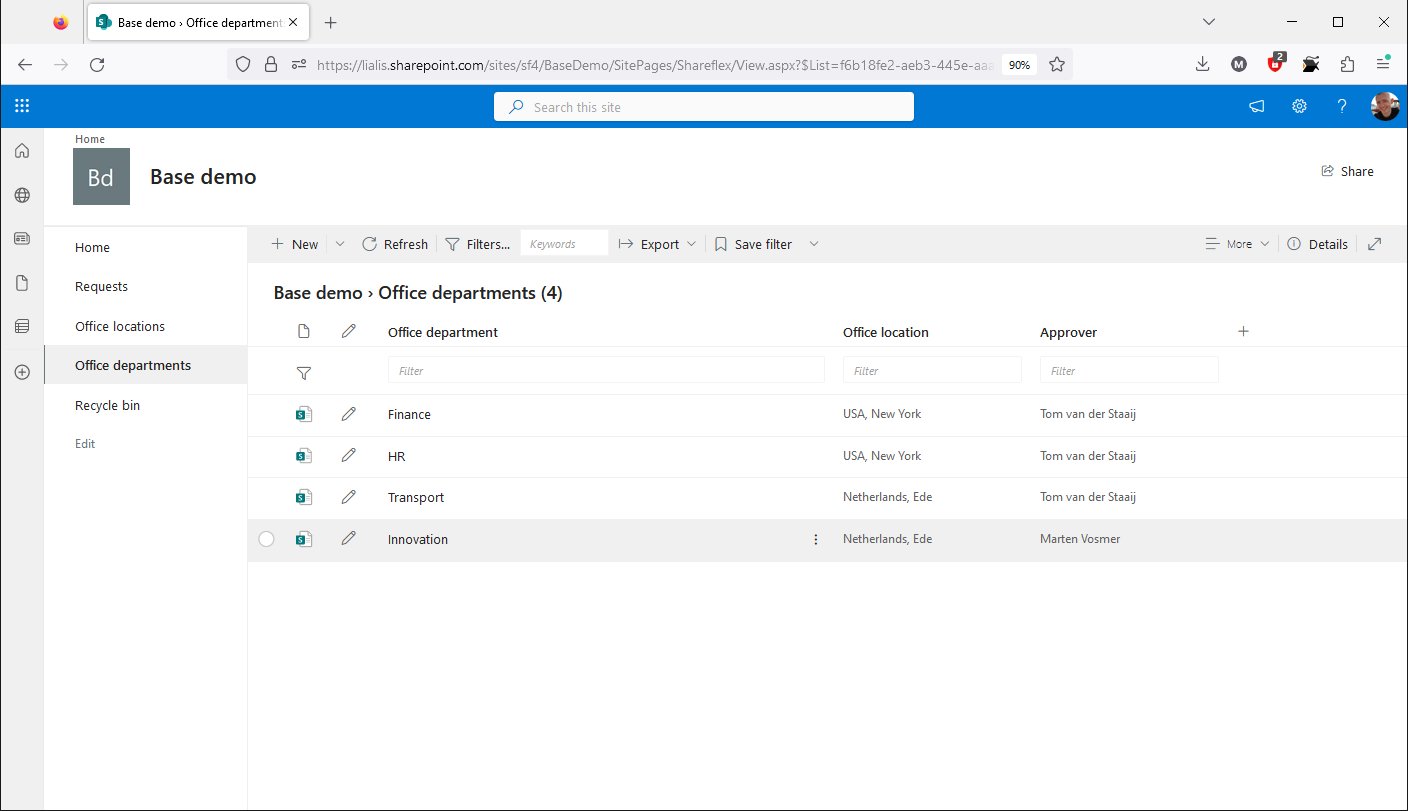
This demo illustrates how the workflow functions will appear to users in the apps we can create for you. We trust that this demo will provide you with inspiration for the apps you require.
The person responsible for approving or rejecting the request varies, depending on the department chosen in the new request.
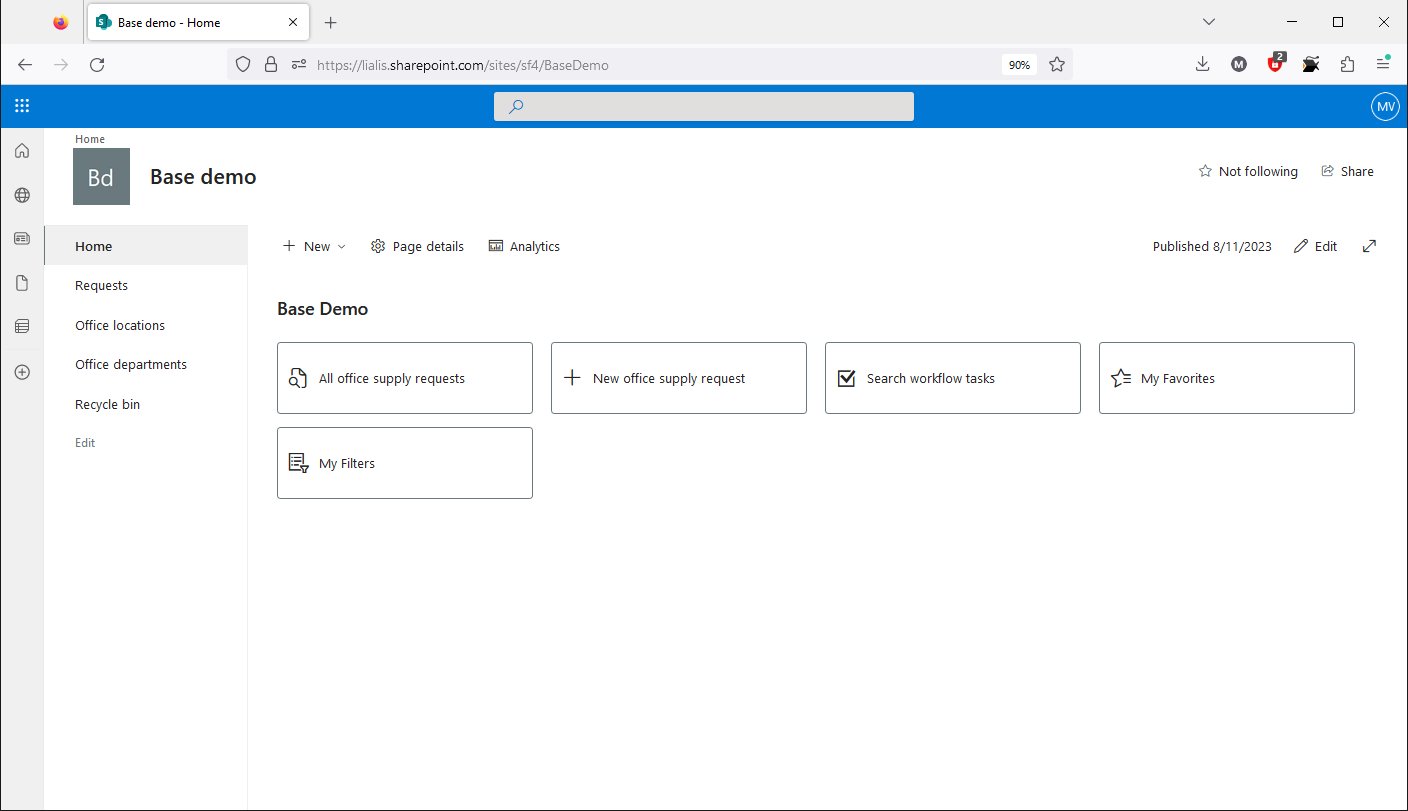
In this workflow demo, the user will request new office furniture.
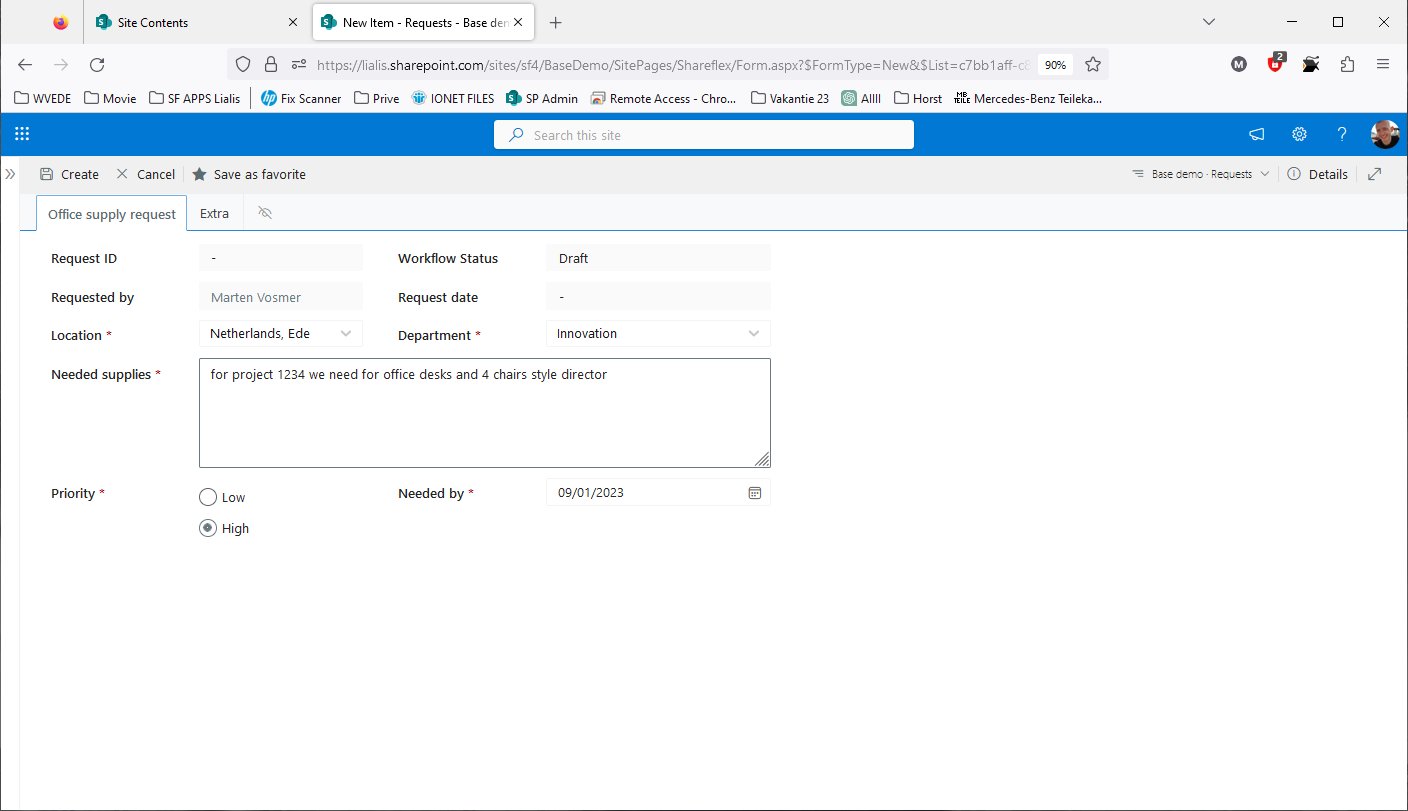
The form is filled out, and the chosen department is Innovation. This selection determines who will approve the request.
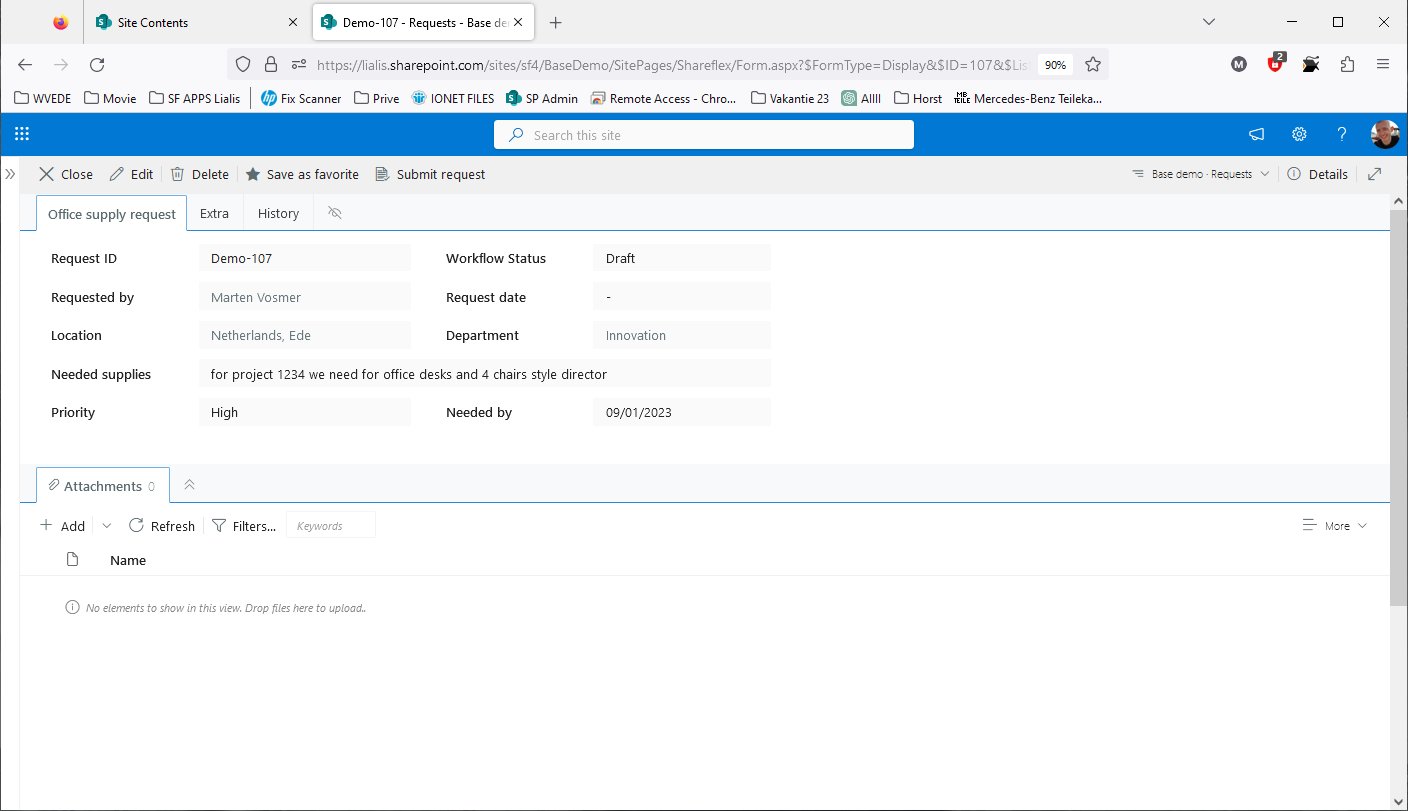
After saving the request, the 'Submit Workflow' button becomes visible.
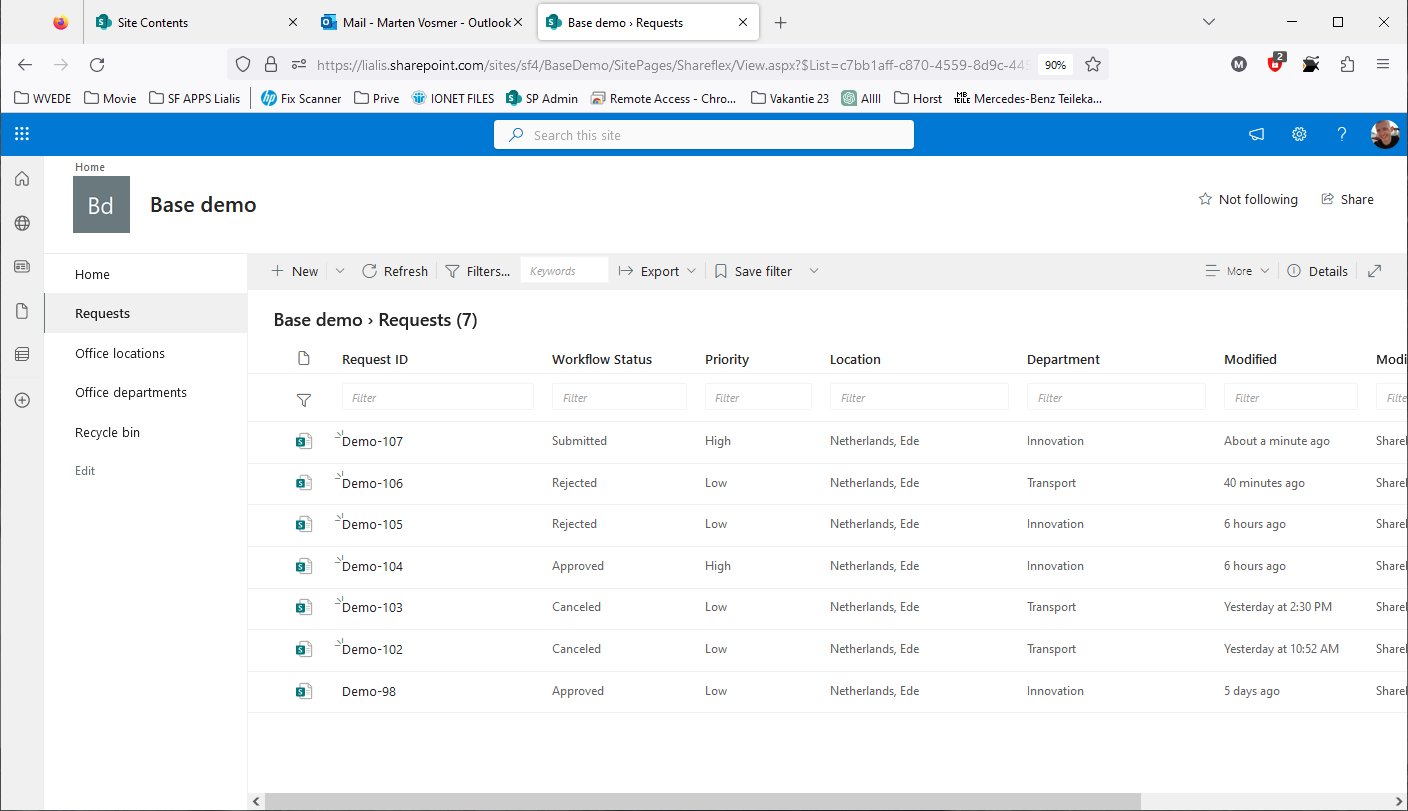
Request Demo-107 has been saved, and its status is now 'Submitted'.
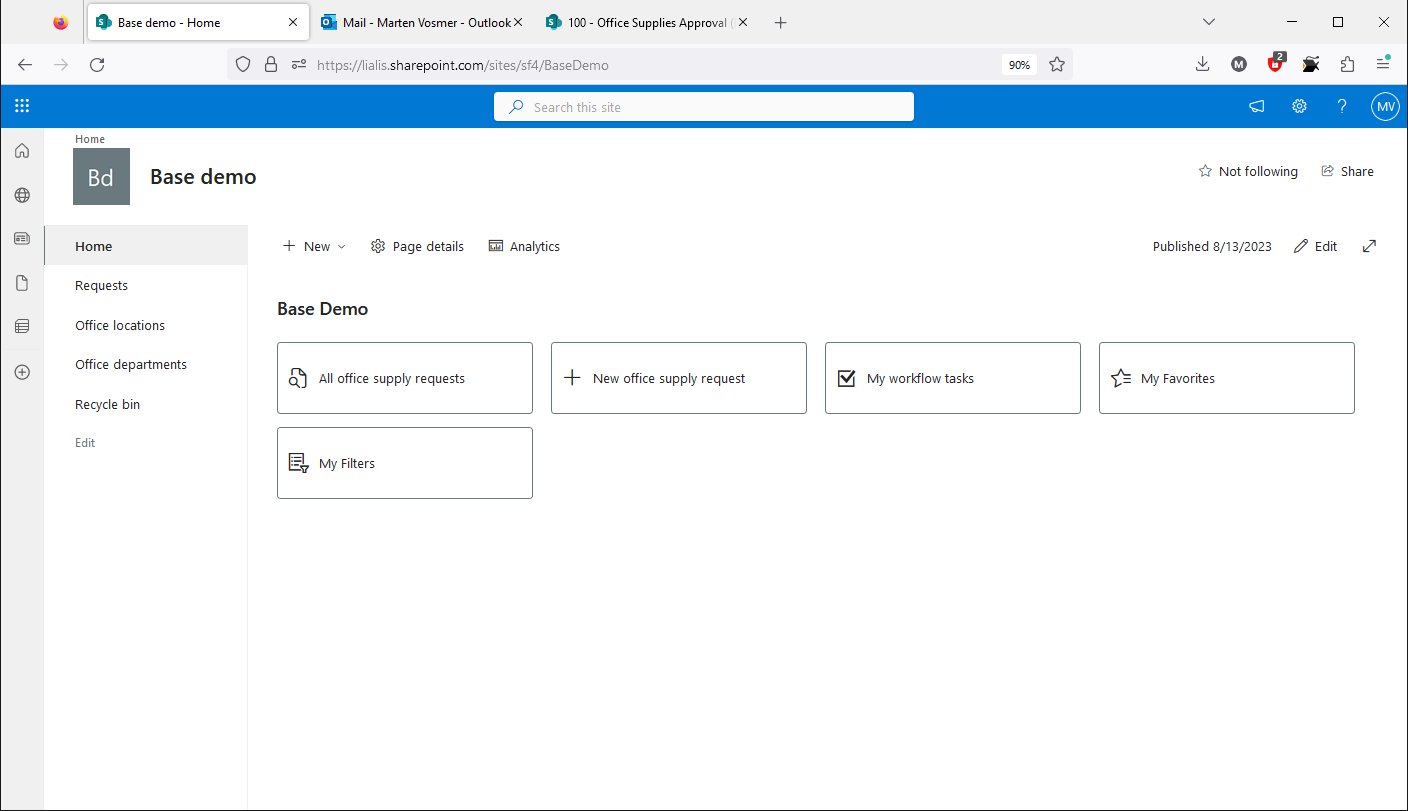
The application's home screen includes a link where users can view all their workflow tasks and work on them.
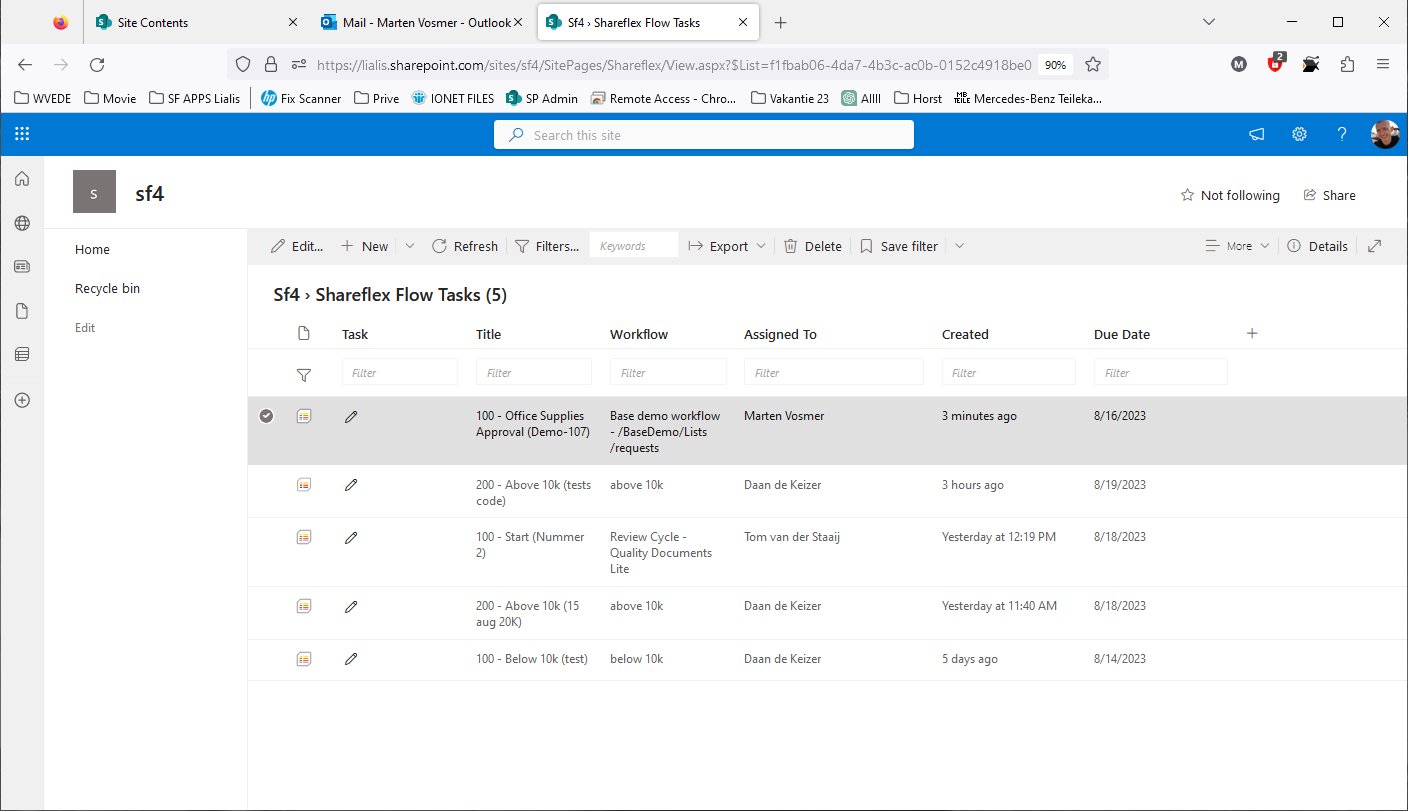
All workflow tasks for the currently logged-in user are displayed here, spanning across different apps.
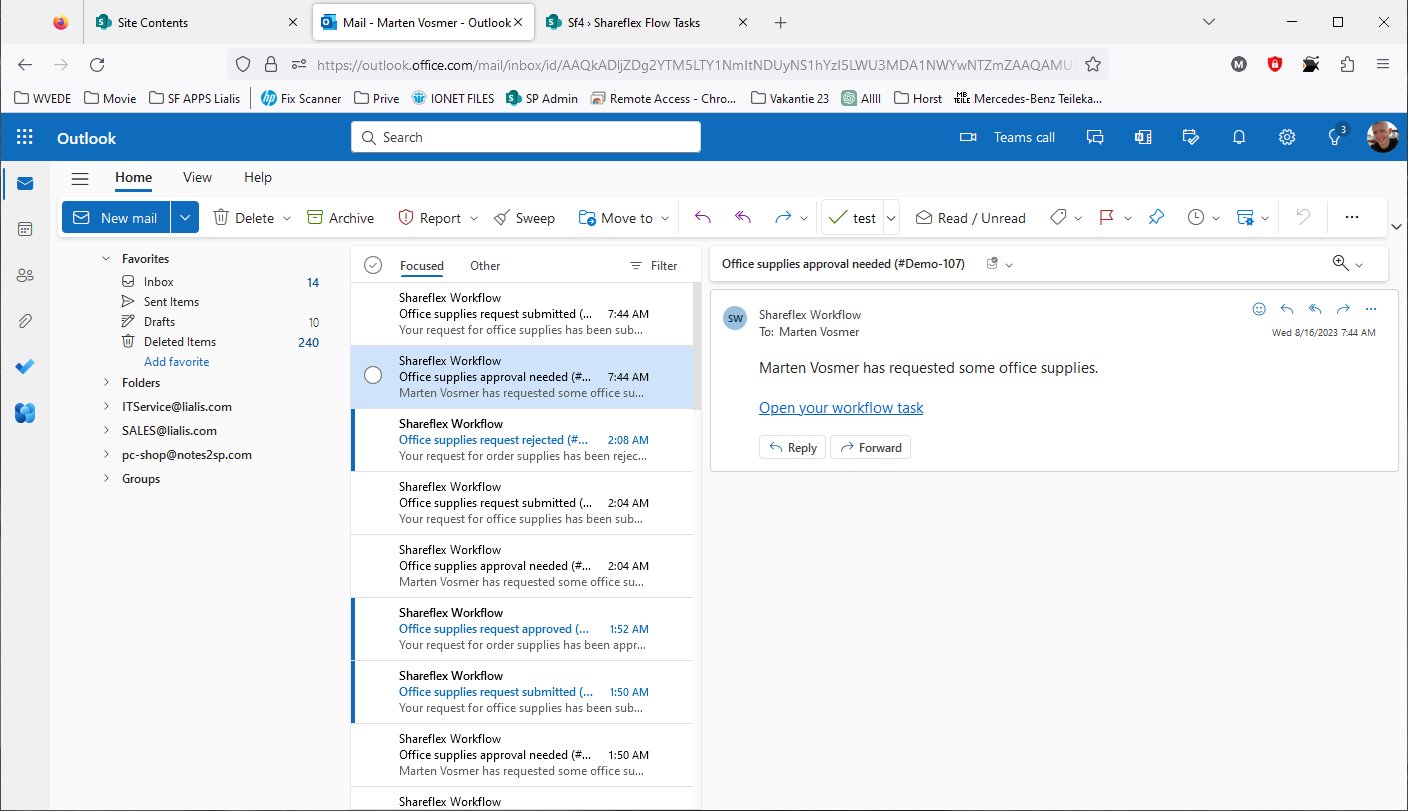
The user can also receive an email containing a link to the same workflow task.
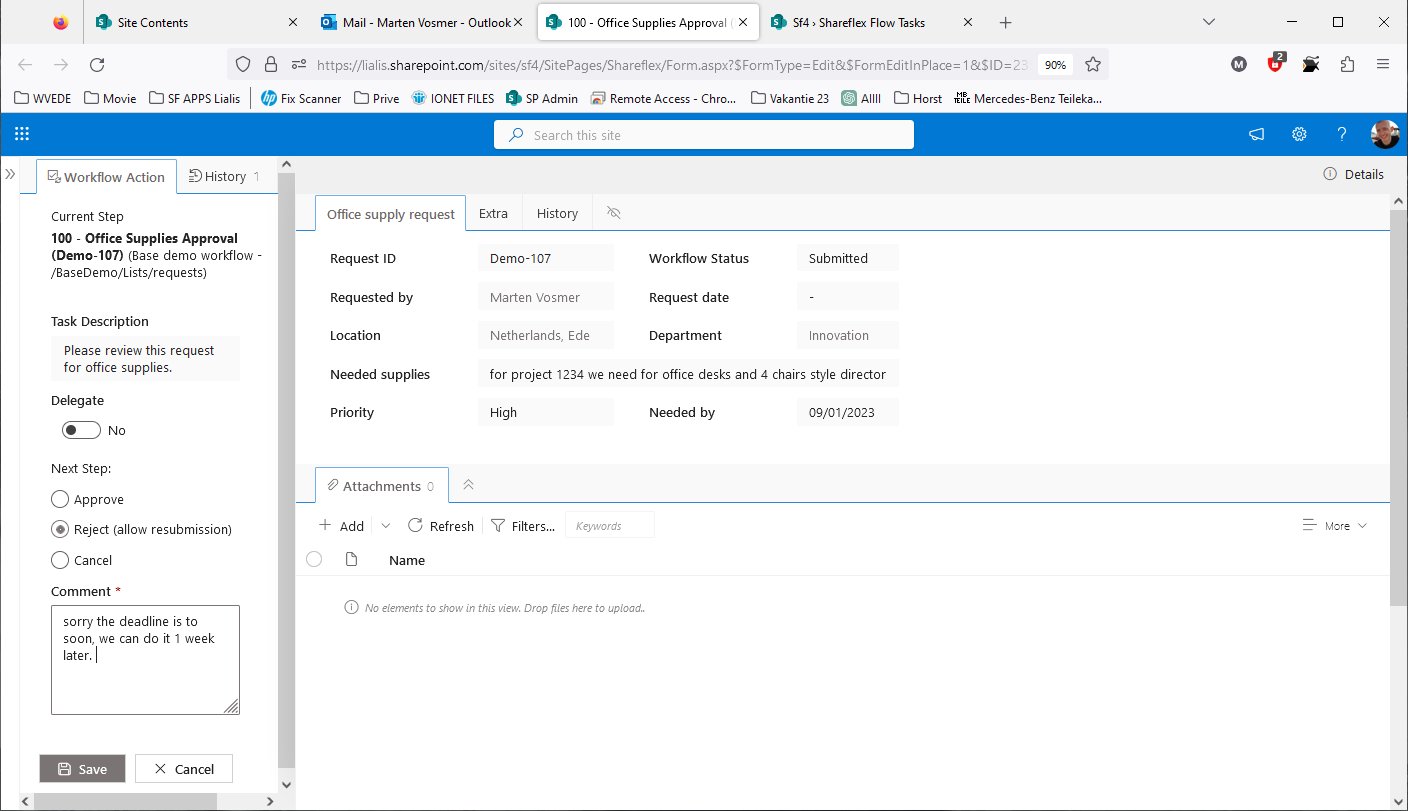
In this demo, the person requested to approve cannot approve the request due to the reason entered in the comment field.
Please pay close attention to the screen. In the right pane, the user is presented with the record for which the approval is requested (note that the approver cannot modify this record). In the left pane, the approval options available to the approver are displayed.
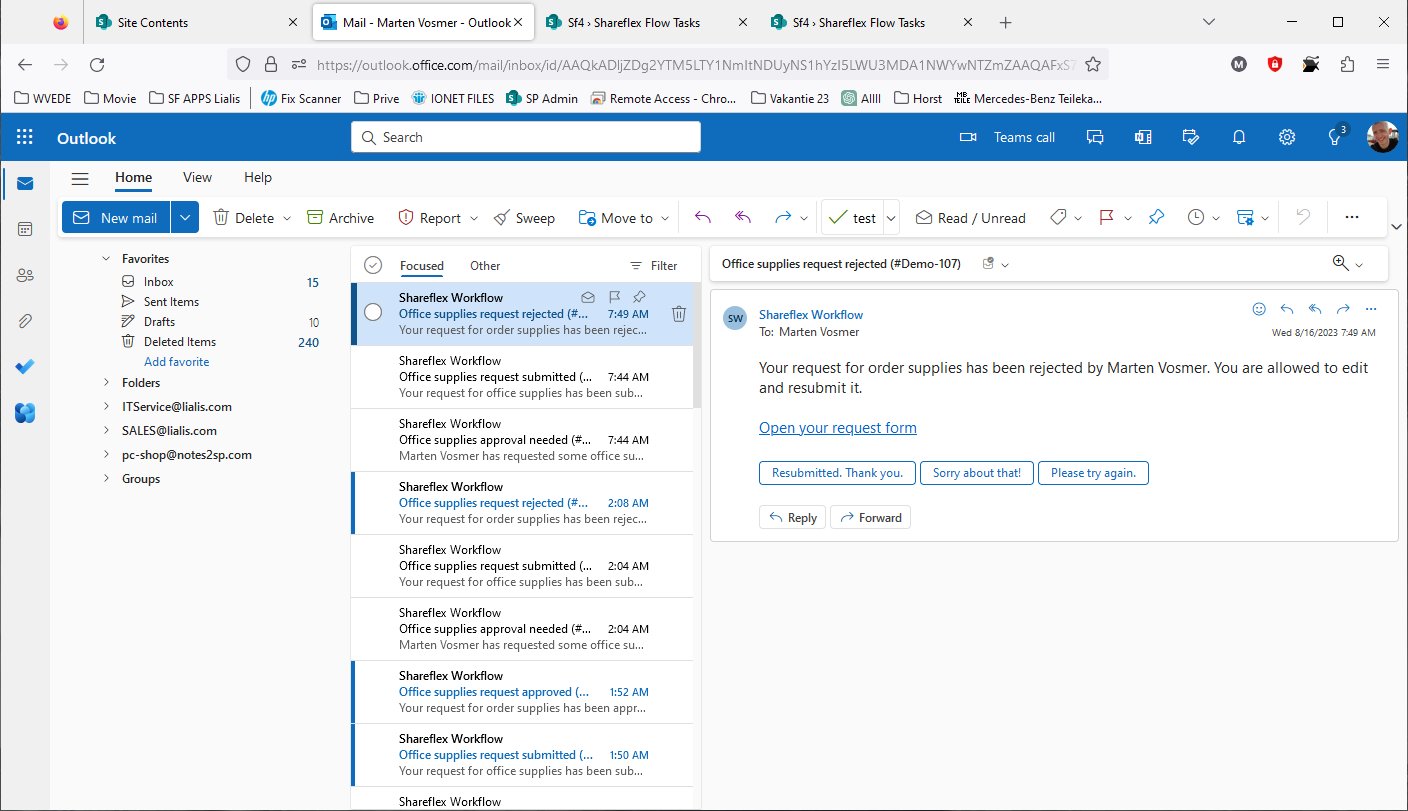
The requester receives an email notifying them that their request has been rejected.
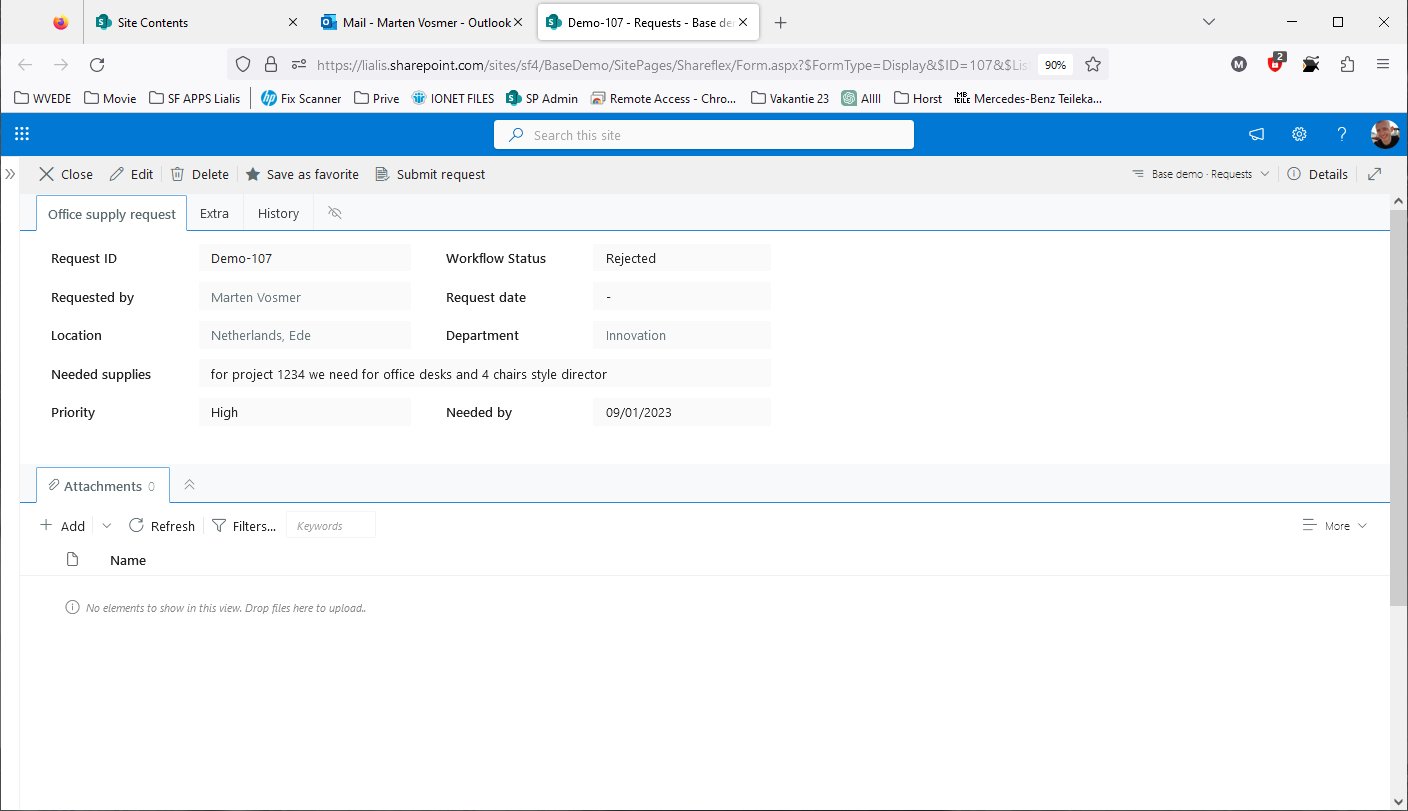
The link in the email directs the user to their request, and the history tab will provide the user with information on why the request has been rejected.
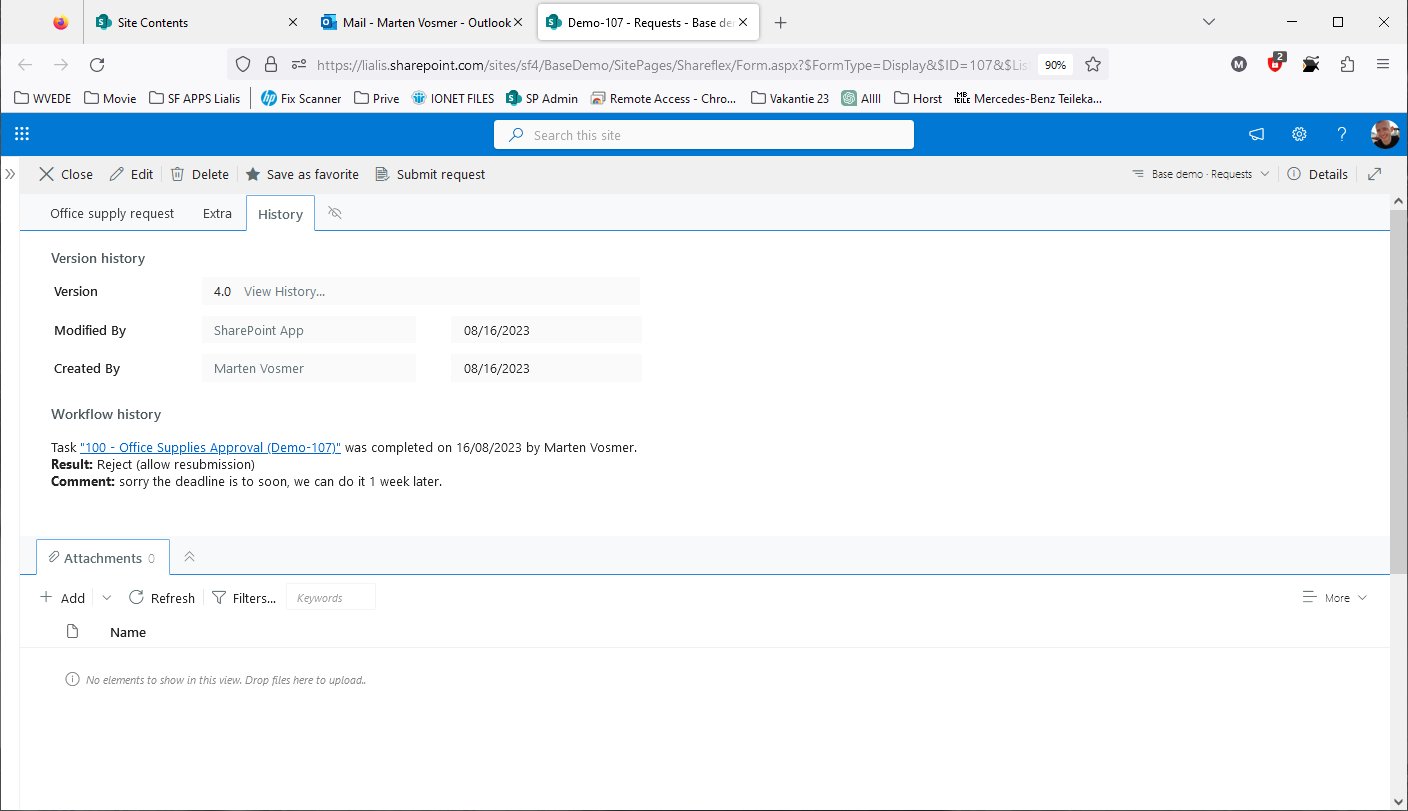
Absolutely, extending the deadline by one week is not an issue.

The deadline has been adjusted. Let's save the request and submit it again.
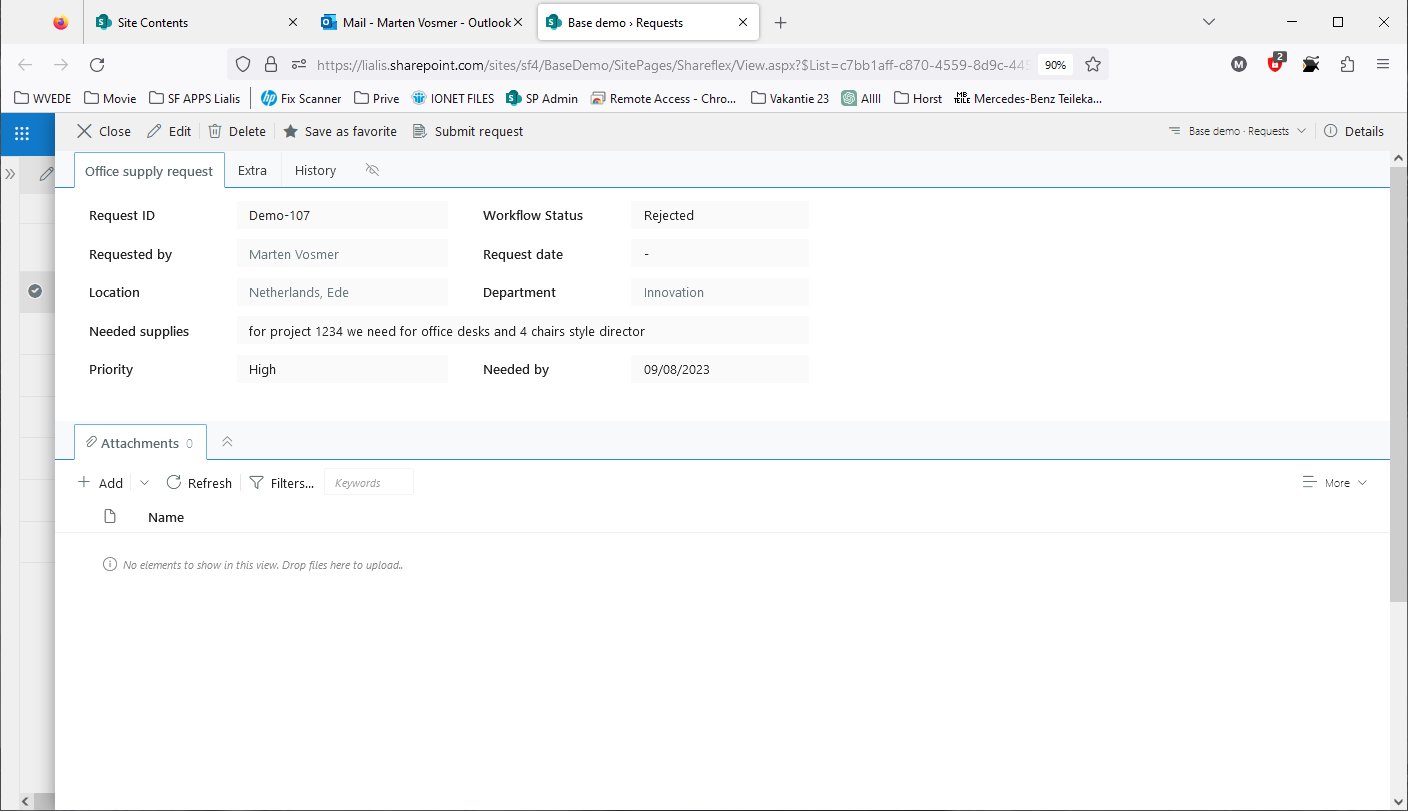

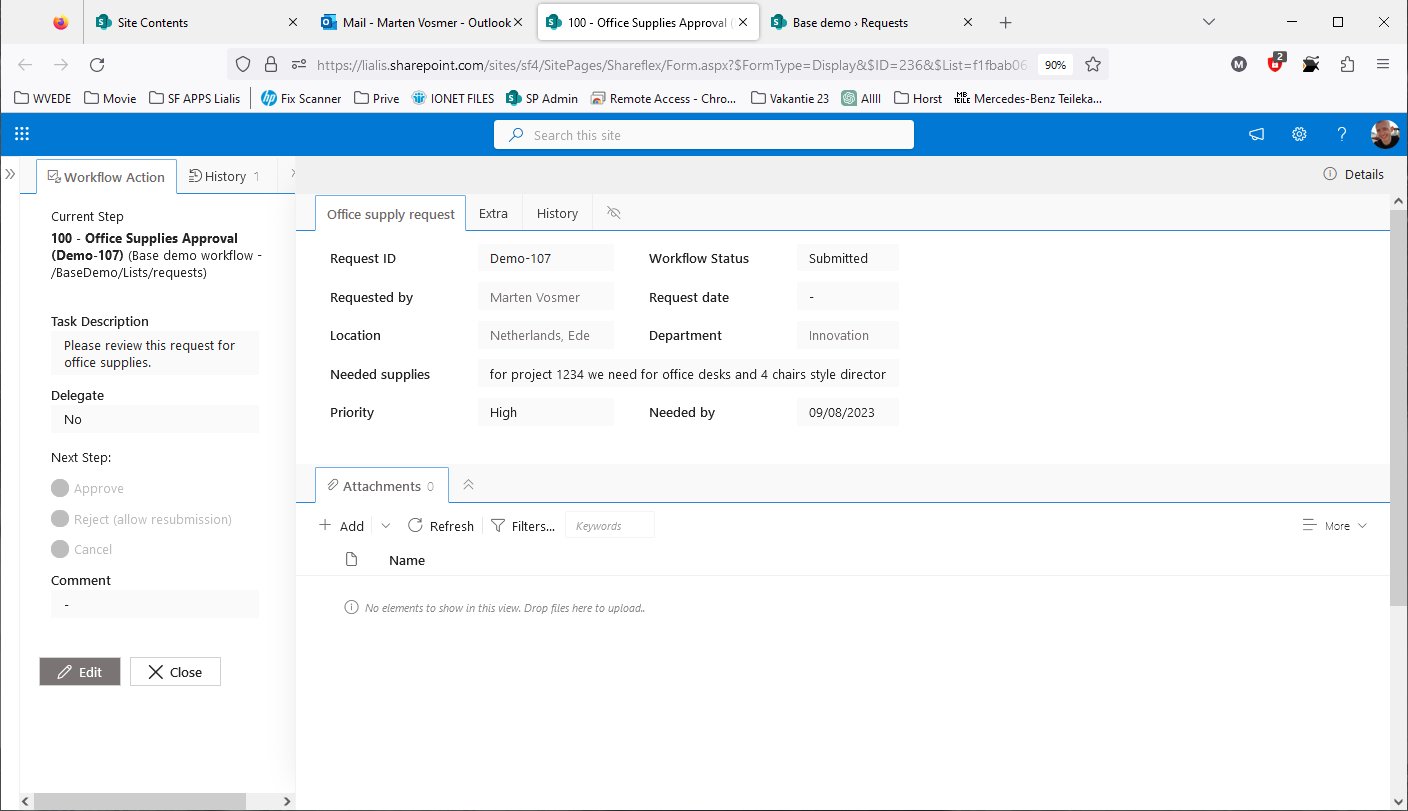
The approver receives the request once again. To understand the status, the approver goes to the history tab to review the previous actions.
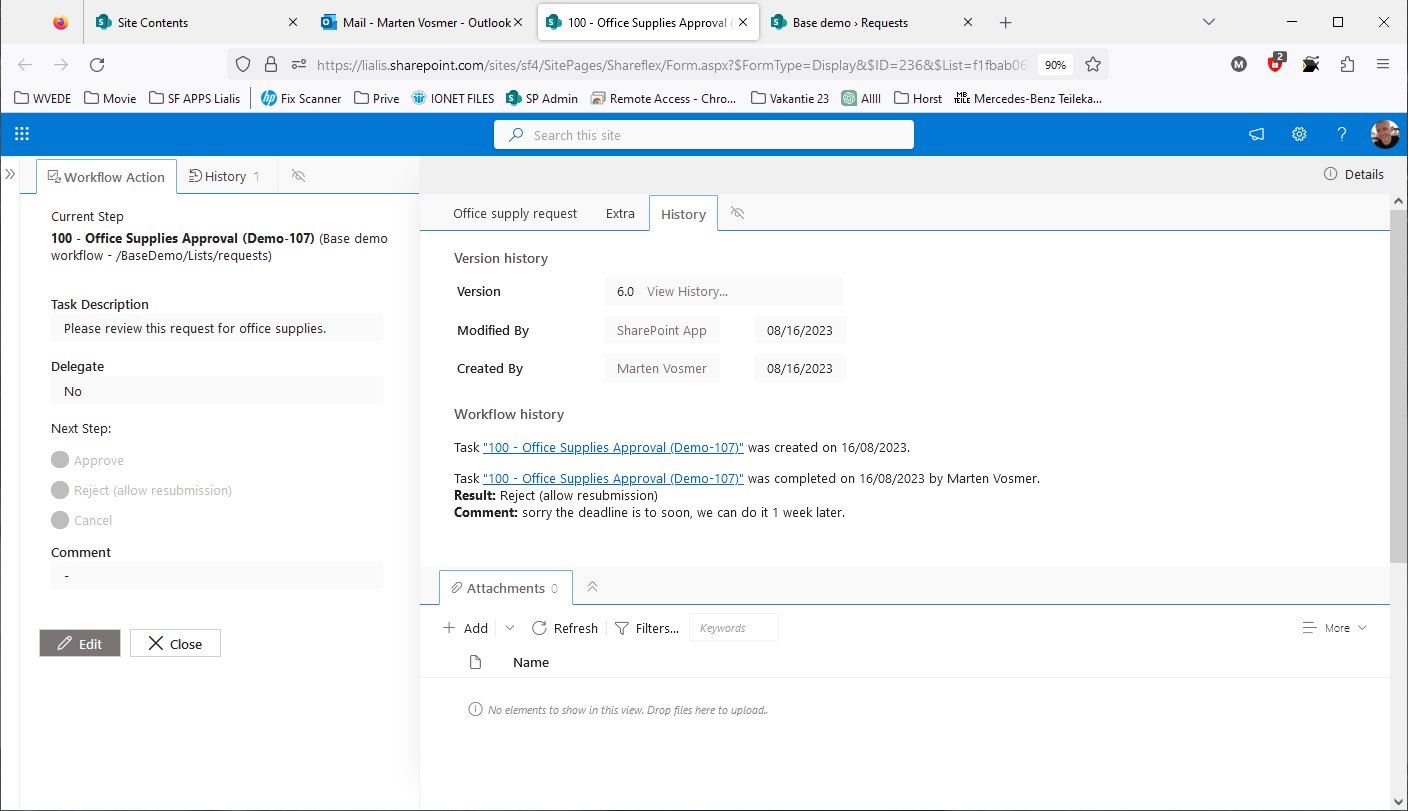
The history log provides the approver with the details of why the request was rejected previously. With the corrected deadline, let's proceed to approve the request.



